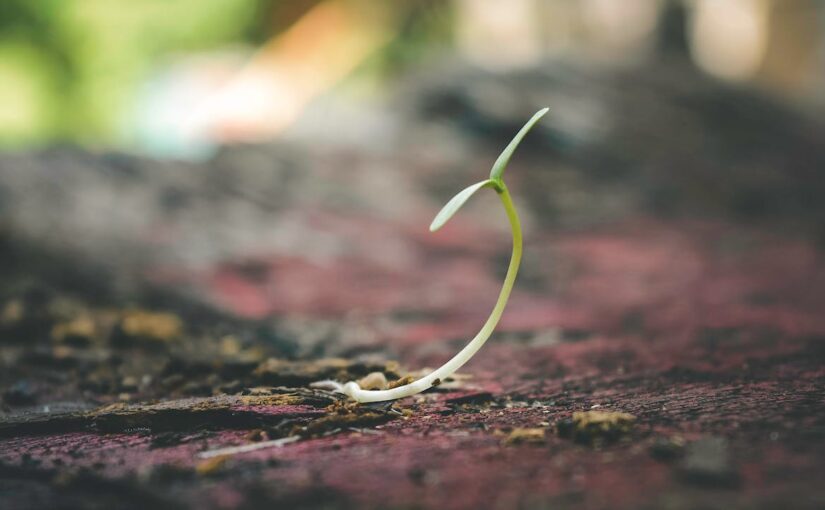Living sustainably is all about the choices we make. It isn’t accomplished in one day or in one action, but rather in many actions performed over a lifetime. That’s why I’m going to start a year long series where I detail ten sustainable actions/habits I’ve done that month to lower my environmental impact. Some of these habits are done daily, others occasionally, but they are all done with the intention of living more mindfully and sustainably. My hope is that this monthly series will illuminate how varied sustainable actions can be, and how life and habits can shift with the seasons.
Winter Sowing
I got interested in learning about native plants and regional ecosystems a few years ago. Ever since, I’ve been working to plant more diverse native plants in my green space with the intent of supporting a variety of wildlife. This year, for the first time ever, I’m attempting to grow my own native seedlings from seeds I’ve collected and purchased over the past several months. I sowed them in both reused plastic containers as well as gallon plastic bags I hope to reuse for years to come. In the springtime, if all goes according to plan, I will have a dozen new types of native plants I can plant around my yard, with plenty of extras I can gift to others in my community.
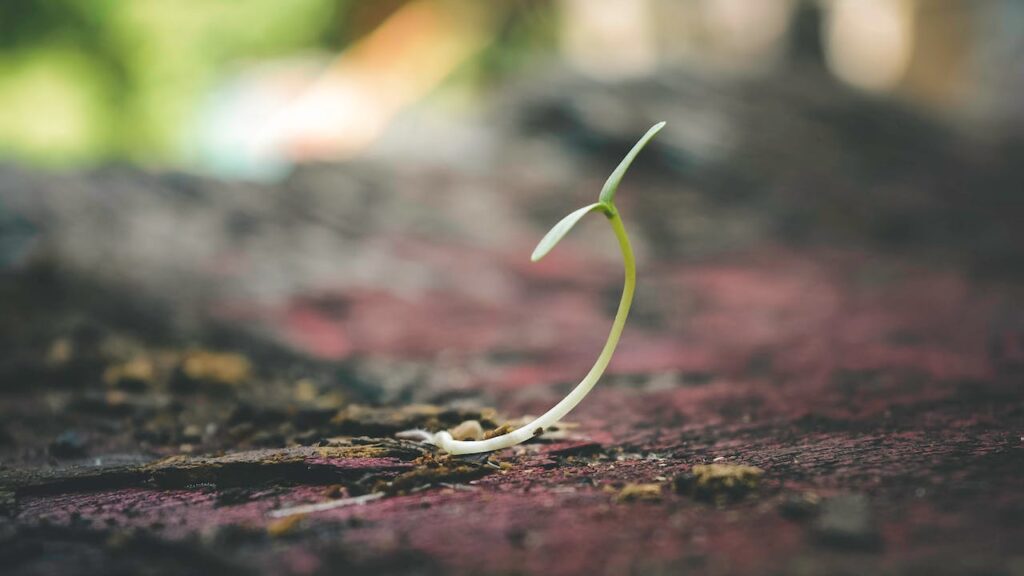
Covered Cooking
Sometimes you need your meal to be covered while it bakes in the oven. This trick took me many years to figure out, but I finally realized that a baking sheet can easily go over a lidless casserole dish instead of disposable foil. It does the job just as well, and it will never run out or need to be replaced, saving me money and stress.
Rescuing Food
Some of my family members move frequently. When they’re moving, they often contact me to ask if I’d like some of the grocery items they won’t be able to use prior to moving. I always accept the items and do my best to utilize them in meals. Items range from dried spices and pastas that I might buy myself to novelty sauces and ingredients that I have to get creative with. (Check out how I used pie filling from a previous kitchen cleanout here). Regardless of what the box contains, I make a point of using up the ingredients so they don’t go to waste.
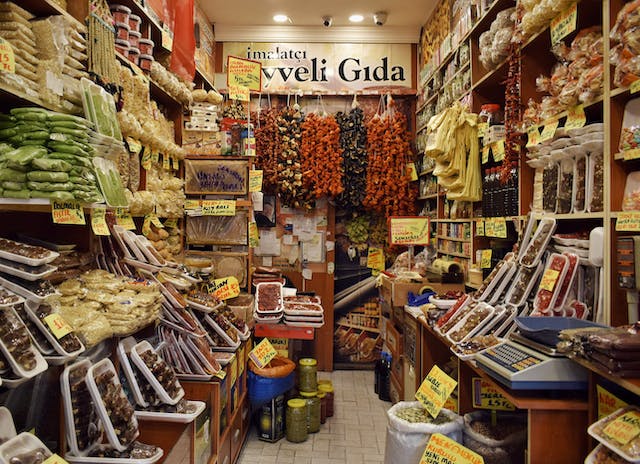
Prepping Frozen Vegetables
Some nights I just want to make an easy meal without chopping vegetables. Because of that, it’s nice to have things like frozen vegetables available for an easy meal. This month I bought 20 pounds of onions, took half of them, and immediately chopped and froze them on a baking tray. Once they were frozen I transferred them to a reused plastic freezer bag to use over the next several months. This helps me save money by buying in bulk without risking vegetables going bad in my pantry. Plus, having convenience items like this helps me cook when I’m feeling unmotivated.
Making Vegetable Stock
Once I finished chopping the onions, I used the onion peels along with other vegetable scraps I had saved in my freezer to make a nourishing vegetable stock. I added herbs from my indoor garden to add more flavor and used this stock as the base of several soups throughout the following week.
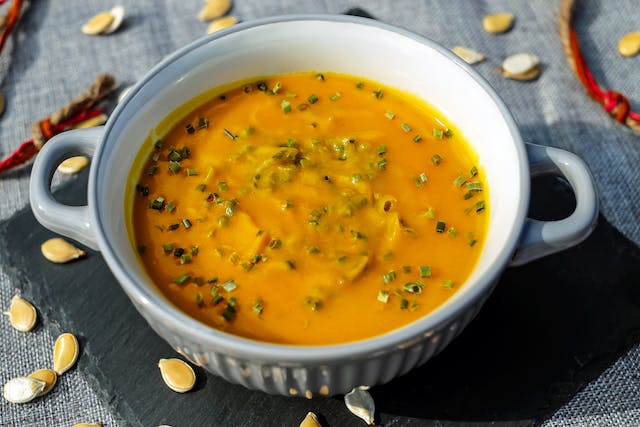
Drinking Water
This may sound strange to you, but hear me out. I drink water primarily, and I try to be really thoughtful about when I choose a beverage that isn’t water. Lots of people have teas, sodas, energy drinks, etc throughout the day without a second thought. I do my best to drink water by default unless I’m really craving something else. While all drinks contain water, alternate beverages also contain ingredients that use water and energy to be grown, harvested, transported, processed, and combined into a beverage, packaged, and then transported again before even being purchased. So by default I skip all those extra steps and just drink water.

Using Reusable Tissues
It’s that time of year again… cold and flu season. I’ve got the family covered with cotton wipes that we’ve been using for the past 8 years. We simply blow our noses (or wipe hands, eyes, etc), toss into the laundry basket, wash, and repeat. Some of these cloths have been used hundreds of times!
Baking at Home
We’ve had a cold winter in Colorado. I like to bake our own breads at home to save money and waste, but I also plan my baking to help heat our house on very cold days. Eating warm foods helps the family stay comfortable in the winter, and we appreciate the coziness that the oven brings on extra chilly days.
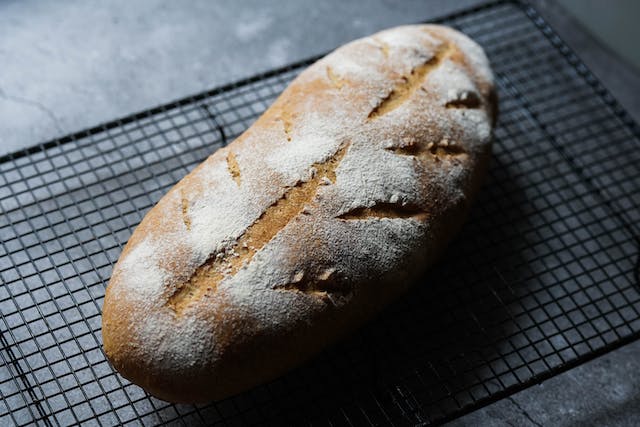
Homemade Breadcrumbs and Croutons
Bread rarely goes stale in my house, but whenever it does I can easily turn the bread into breadcrumbs or croutons. Even if I don’t have stale bread, I can easily slice, bake (to dry out), and blend bread into breadcrumbs at any time. Now I’ll never run out of breadcrumbs, and it’s one less thing I have to add to my grocery list.
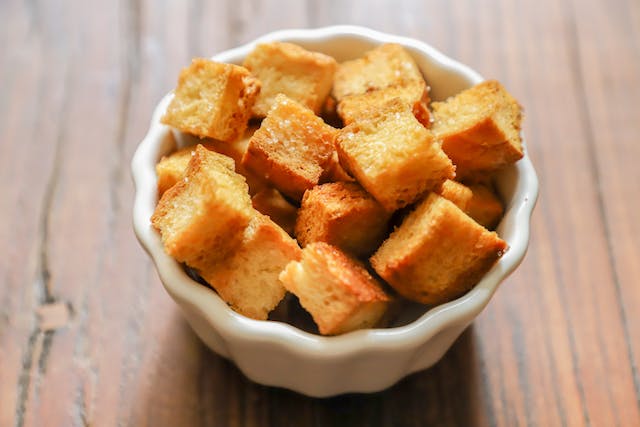
Being Generous
I live in a very small neighborhood. Since moving here 7 years ago, my neighbors have frequently borrowed and lent out specific tools and equipment to each other. We know each other well, so we trust one another to treat each other’s equipment well and return it once it’s been used. Doing this has helped the whole neighborhood reduce the need for more tools to be produced and stored, and it has saved everyone in the neighborhood a lot of money by not having to buy or rent those tools instead.
I hope this inspires you. Stay tuned for another ten things list coming next month.
